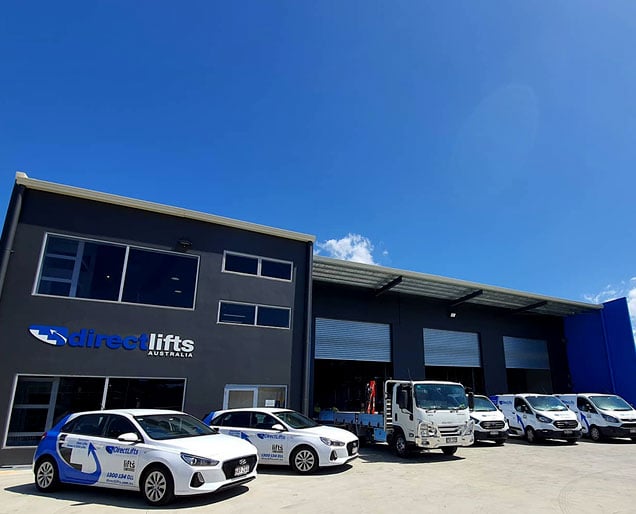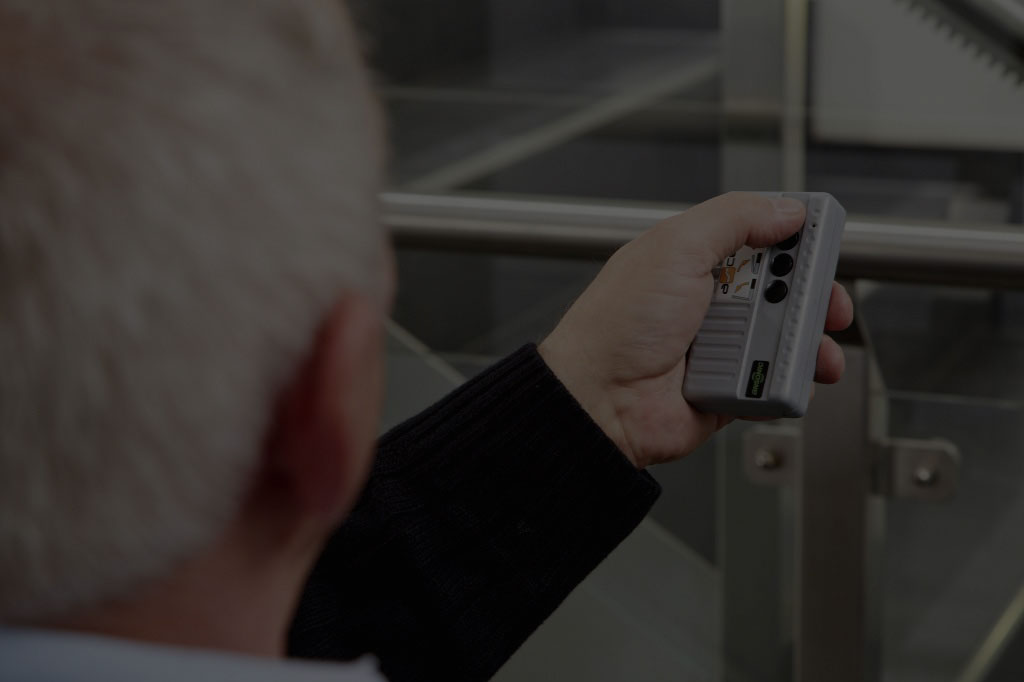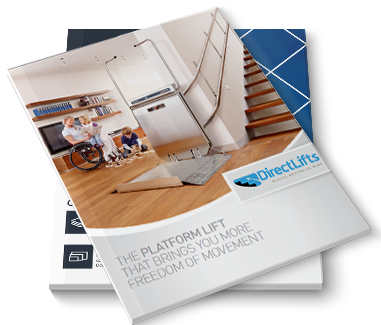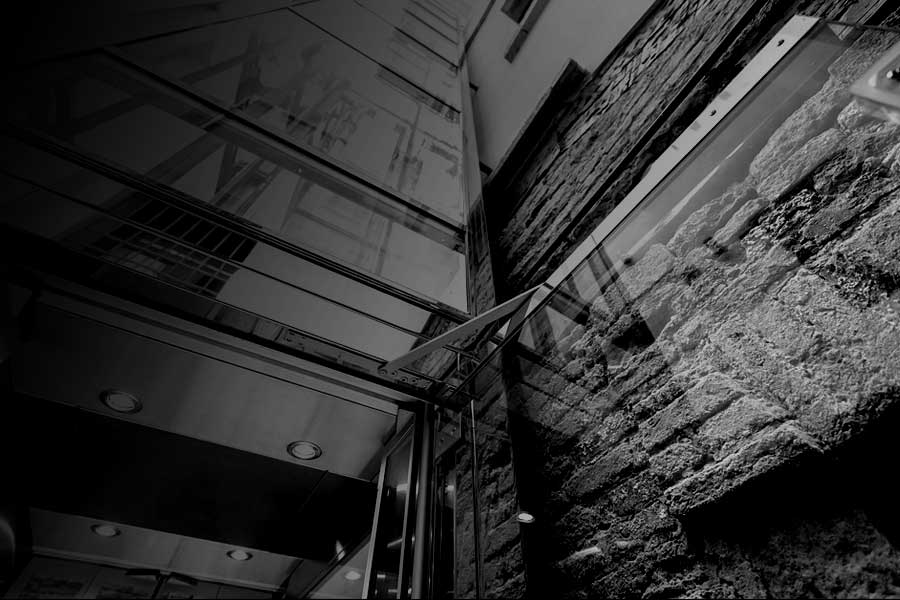The Linea Vertical Lift for home & commercial elevator
In this video, we will explain the difference between the gearless and hydraulic drive systems. On the left-hand side, we see the gearless drive system. On the right-hand side, we see the hydraulic drive system.
Gearless drive system’s main selling points:
Not only is the gearless drive system an environmentally friendly solution (as it uses no fossil hydraulic oils), it also has reduced energy consumption due to the use of a counterweight mechanism. This counterweight mechanism balances out the weight of the car plus half of the load that the car can carry. It therefore uses up to 90% less energy than any other system.
Hydraulic drive system main selling points:
The hydraulic drive system has a much simpler design and is therefore a more economical solution. The hydraulic system is a concept that has been around for decades and has proven itself to be robust and easy to work on.
Gearless drive system technical:
The Linea Gearless drive exists of 3 main components:
- The gearless motor
- The motor brake
- The over speed governor
Gearless drive system energy:
Unlike other lifts that use a cheaper, old-school gearbox motor, such as shown here, the Linea Gearless uses a much more advanced gearless motor. This means there is no wear and tear on gears due to friction. It doubles the life span and slashes energy consumption in half.
Gearless drive system safety:
In any new lift, safety has the highest priority.
The Motor break:
When the lift is in normal operation and arrives at the desired floor, the motor is held in position by a double motor break. This makes it impossible for the lift car to move. If the main power fails, the battery backup system will use this brake to slowly bring the car back to the nearest floor and open the doors.
The Overspeed governor:
This device measures the speed of the lift car. If this speed exceeds the normal speed of the lift the device will pull the brake shoe on the lift car and bring it to an immediate standstill.
Hydraulic drive system technical:
The Hydraulic drive system comes with a control cabinet that houses the oil pump and the main controller. It can be placed up to 10 meters away from the lift shaft and can therefore be installed in locations where noise is of no concern – such as the garage or the outdoors. This makes the experience from inside the lift very quiet. The lift pump can be a normal pump such as shown here or it can be a submerged pump. The motor now sits in the oil, reducing noise levels even further.
Safety:
As mentioned before, safety is always the highest priority. Here we see the rupture valve, in normal operation oil flows between the pump and the hydraulic ram, moving the lift up and down. However, in the unlikely event of, for example, the oil hose bursting, the rupture valve will immediately stop the flow and bring the lift to a standstill.
The slack rope detection device:
In the unlikely event that one or more of the steel wire ropes break, springs attached to the ropes will unspring and push a bar that activates the brake gears. These will bite into the rails and stop the car. The hydraulic pump has two down valves for double redundancy. These valves can be manually released by pressing the two red buttons as indicated.
Lowering the lift down:
If the main power fails, the battery backup system will use these valves to slowly bring the lift back to the ground floor and open the doors.

A man who knows his way around the world of mobility. He has been in this industry for decades and has seen it all!
He started his career in Brisbane with mobility scooters, and progressed to stairlifts, and ultimately platform lifts. He gained a newfound interest in elevators while working in the lift industry and took advantage of the opportunity to work in both residential and commercial lifts. He is now the official distributor of Nova Elevators Italy, Cibes, Ascendor, Otolift & ThyssenKrupp products in Australia. Offices and showrooms expanded in Brisbane, Sydney & Coffs Harbour while establishing partnerships in major cities such as Melbourne, Northern Territory.
He is a current member of the Lift Engineer’s Society of Australia (LESA), providing advice regarding lift standards, their implementation, good industry practices and compliance with applicable AS standards, guidelines, and codes





